Colour measurement is not only applicable to LED light sources, displays or other light emitting objects. Colorimeters or spectrometers can also be used for measuring the colour of objects that do not emit light themselves.
In such conditions, a proper light source must be used to illuminate the samples. Reflective and transmissive measurements represent the two key markets for applications of stable light sources. Such applications facilitate colour measurement of reflective or translucent materials, for instance coatings, plastics, glass or foils.
This article demonstrates why stable light sources are important in test and measurement solutions and setups supplied by Admesy. The critical aspects of light sources, including tungsten halogen and LED light sources, for T&M solutions with respect to the Admesy Steropes series light sources are also highlighted in the following sections.
Key Aspects
Stable Results Demand Stable Light Sources
A stable light source is very important to achieve usable measurement information, and also to ensure measurement repeatability. Over a period of time, any kind of light source will exhibit changes in spectral power output. Such changes comprise long- and short-term changes. Short-term changes correspond to stabilization of light sources themselves. For instance, during the warm-up time, tungsten halogen light sources normally alter their spectral power distribution and release considerable amount of energy by way of heat, infrared (IR).
Throughout this warm-up period, an increasing amount of IR promotes changes in the spectral power distribution and results may differ when measurements are taken during this time. Hence, it is recommended that the light source is allowed to stabilize for about 10 minutes. In contrast, the LED versions of the Steropes series require just 10ms for stabilization.
Chemical or physical effects can cause long-term changes in light output, and such effects could not be avoided when being utilized in production or lab environments. They comprise external and internal influences. For instance, tungsten halogen light sources are known to have an ultra-short lifetime and can only be used in high end applications for a limited time. If measurements are performed after this time, they could vary from prior measurement outcomes.
External influences on light sources include substances or chemical reactions, which may appear in production environments. The actual speed and effect of change relies on the measurement application and related environmental conditions. There are also certain measurement applications that need to be performed in vacuum conditions, but tungsten halogen light sources will not work in such environments.
Light bulbs would not be able to dissipate their heat and will break immediately, and heat sinks and cooling fans will not have any impact under vacuum conditions. However, the Steropes LED series can be effectively utilized in vacuum conditions without damaging the light source or affecting the light output.
Spectral Ranges and Power Distribution
Given the above observations, it may appear that stabilized LED light sources provide many advantages over tungsten halogen light sources, but the actual application is important when selecting an appropriate light source. Let us consider the spectral power distributions of various configurations of the Admesy Steropes series, such as two tungsten halogen light sources and white LED versions with and without blue filter.
LED
The spectrum of the standard white LED steropes is illustrated in Figure 1, showing a perfect internally controlled light source for 450 to 670nm applications.
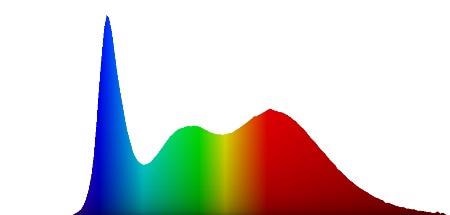
Figure 1. Spectral power distribution of Steropes normal white LED. Image Credit: Admesy
In the case of reflective and transmissive measurements that require spectral coverage beyond these ranges, the white LED steropes would render a poor signal/noise ratio. Accurate measurement of colour deviations between samples corresponding to the poorly or non-represented wavelengths is not possible.
In order to address the requirements of entire VIS coverage, a full spectrum white LED light source has been developed by Admesy that almost covers the full VIS range. These light sources, when combined with their in-built stabilization circuit and LED’s ultra-short stabilization time, provide a perfect solution for ongoing use in manufacturing settings. Figure 2 shows the spectrum of the white LED.
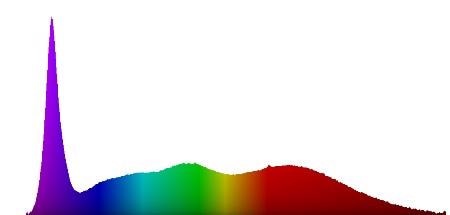
Figure 2. Spectral power distribution of Steropes full spectrum white LED. Image Credit: Admesy
Halogen
Figure 3 shows the standard tungsten halogen light source power distribution, revealing significantly low output in the blue region and moving towards the longer wavelength regions, including the Near-infrared (NIR) region.
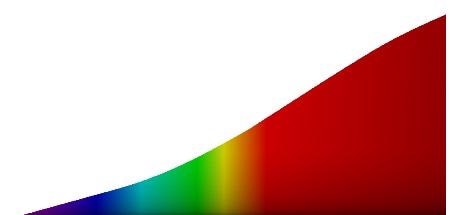
Figure 3. Spectral power distribution of Steropes halogen. Image Credit: Admesy
As a rule, in the NIR and VIS region, if the wavelength is longer, its signal/noise ratio would be relatively better for measurements. Such types of light sources are ideal for reflective and transmissive measurements in the VIS-NIR’s longer wavelengths, for instance, for determining whether IR coatings are applied on filters. Upon reaching near the shorter wavelengths, the signal/noise ratio for measurements reduces considerably, and can result in grave measurement deviations.
Other kinds of applications may require measurements which cover the full visible spectrum, for instance when determining entirely spectral responses of filters or colour measurements. In order to address such types of applications, Admesy has designed a Steropes halogen improved blue filter that features a much more balanced VIS spectral power distribution, as shown in Figure 4.
The blue-filter improves the power output in the blue region, when compared to the typical halogen light source, and thus provides a better signal/noise ratio for measurements comprising shorter wavelengths.
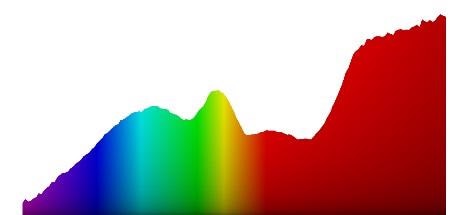
Figure 4. Spectral power distribution of Steropes halogen with blue filter. Image Credit: Admesy
Configurations and Options
Wavelengths and Ranges
In addition to supplying standard spectral ranges, wavelengths and power distributions as illustrated above, Admesy also provides customized stable illumination solutions. For instance, during sample verification, the presence of IR or UV blocking layers has to be determined.
High or low pass filters can be integrated to block or highlight certain wavelength regions, and the same can also be applied to the complete Steropes product range.
The standard configuration of the Steropes LED is in full spectrum white, besides normal white and coloured LED light sources are available in:
- Green (stabilized on Y)
- Red (stabilized on X)
- Blue (stabilized on Z)
- Amber (stabilized on Y)
- UV (stabilized on Z)
- Custom wavelength based on customer’s specific measurement application
Optical Configurations
Available with fixed collimating lens systems, the Steropes range is ideal for transmissive measurements (Figure 5). It can even be integrated with Admesy’s SMA or M8 fiber connectors to join light sources to an extensive range of accessories like reflective probes (Figure 6).
The halogen light source can be supplied with a unique mount for calibration purposes of intergrating spheres for radiant power measurements of LEDs or other kinds of light sources.
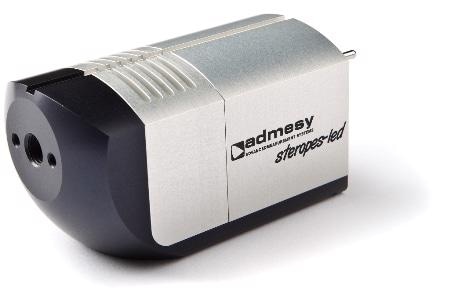
Figure 5. Steropes LED. Image Credit: Admesy
Control and Interfaces
The current regulated Steropes halogen light sources that are presently available in the market feature a built-in shutter to block the light output temporarily. These light sources can also be utilized in dual modes: long lifetime or high power. The former reduces the output but increases the lifetime before there is a need to replace the light bulb, while the latter enables usage of maximum power of the light source for up to 1000h.
Based on the application, users can opt for either one mode through RS 232 or USB ports included on the back. All Steropes series LED features an internal feedback loop to continuously regulate the light output. Additional RS 232 and USB ports are provided to dim the light source.
Conclusion
The information discussed in this article could help users in selecting a suitable light source for their test and measurement purposes, and the wide range of solutions offered by Admesy.
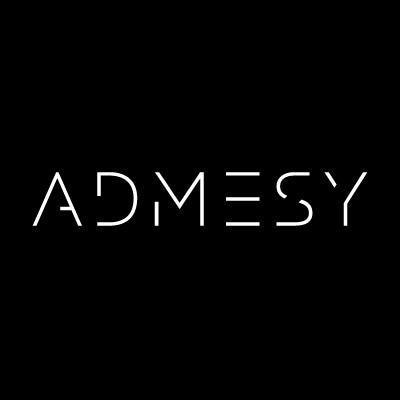
This information has been sourced, reviewed and adapted from materials provided by Admesy.
For more information on this source, please visit Admesy.